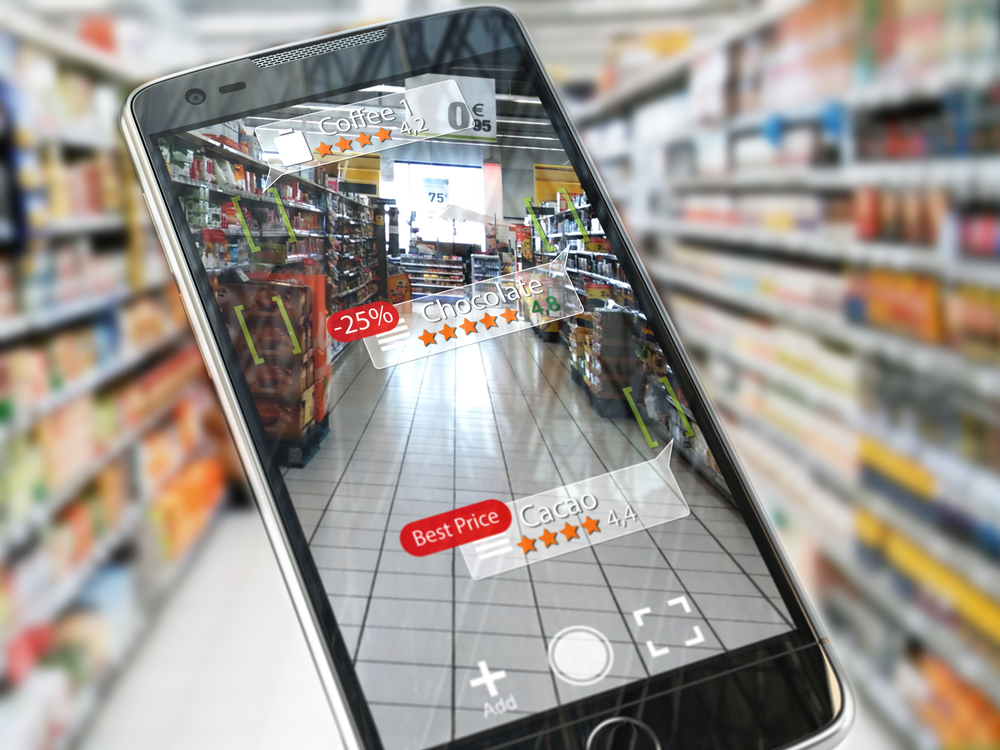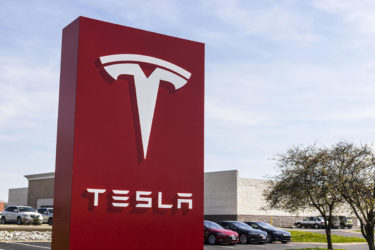Earlier this week, Jack Daniels announced that it was rolling out an augmented reality (AR) app to take consumers on a ‘virtual journey’. AR is providing an opportunity to inform customers in a more visually enriched way.
The app works by pointing the phone at the Tennessee whiskey bottle – revealing animations and voice overs. It provides the brand with the opportunity to inform customers of the whiskey making process, from spring water, distillation, through to the finished product.
Read More: Whiskey barrels towards blockchain, challenges for bootleggers on the horizon
When it comes to the retail arena, the technology facilitates creative storytelling. Product labels only provide a finite amount of space to inform customers with regard to the nature of the product. Such apps are in their infancy with only a handful of them having been developed thus far. The sector is in its infancy as well, but the use of AR apps for marketing purposes is expected to pick up momentum by 2020.
Development Costs
As is the nature of new technology and applications, development costs are prohibitive for mass market use right now. Application costs can range from $50,000 to $250,000 – and in extreme cases, up to $2.5 million. Cost is dependent upon the complexity of the app generally, application features and design. Given that it’s a niche area right now, expertise in this area commands a premium. As the technology matures, access to it will become much easier and the developmental talent pool will expand – driving costs down.
Just Another Means to Manipulate?
From the perspective of ordinary people, there’s every reason to be cynical about marketing. It can be perceived to be manipulative – and that perception isn’t likely to be misplaced. The industry of persuasion is big business. Traditionally, marketing was no more than broadly pitched advertising. With the advent of social media, marketers have become much more nuanced in targeting their message to specific groups.
On the one hand, it could be seen to be progressive for society as people end up with advertising and marketing campaigns placed before them that are much more likely to be relevant to them. On the flip side, the commercial reality is such that social media companies and marketers alike are trampling over peoples personal data in order to achieve this scenario.
Where does augmented reality fit into all of this? It’s a similar scenario as with the use of any new technology. New technology is neutral up until the point at which it is used with a specific purpose in mind. Technology in and of itself is a great facilitator. However, what people do with it is where there oftentimes may be a divergence.
Read More: AR will allow ‘liberation from problems afflicting modern democracies’
The use of AR by marketers will be no different. At face value, though, it should enhance peoples experiences. The ability to make so much more information available visually and audibly has the capacity to enhance people’s understanding and inform their buying decisions.
Augmented Retail
Of course, at times, the execution may be ill-conceived and not add real value for the end user. Notwithstanding that, there’s no doubt that it will also be used for the betterment of the buying public. Already in these pioneering days in the use of AR in retail, there are positive uses of the technology.
The iconic Swedish furniture retailer, Ikea introduced an AR-based app which allows customers to overlay a piece of furniture on a screen showing a particular room in the customers home. The Ikea Place app effectively facilitates people in determining the suitability of any given piece of Ikea furniture in any given situation.
That includes consideration of the correct sizing of the furniture relative to the location the customer envisages placing it in. Similarly, in terms of the style, the customer gets a better idea of whether the furniture suits a proposed location.
North American clothing brand, American Apparel, has developed an AR app which facilitates customers in pulling up product information by scanning in-store signs. It allows access to things like color options, customer reviews and pricing.
AR-based digital fitting rooms are becoming popular too. Eyewear manufacturer Warby Parker have added an app that allows customers to see how they look in various types of glasses with a virtual try-on facility.
‘Augmented reality’ is the term that has been coined for the technology but with innovative use cases emerging, ‘augmented retail’ could be just as apt.












